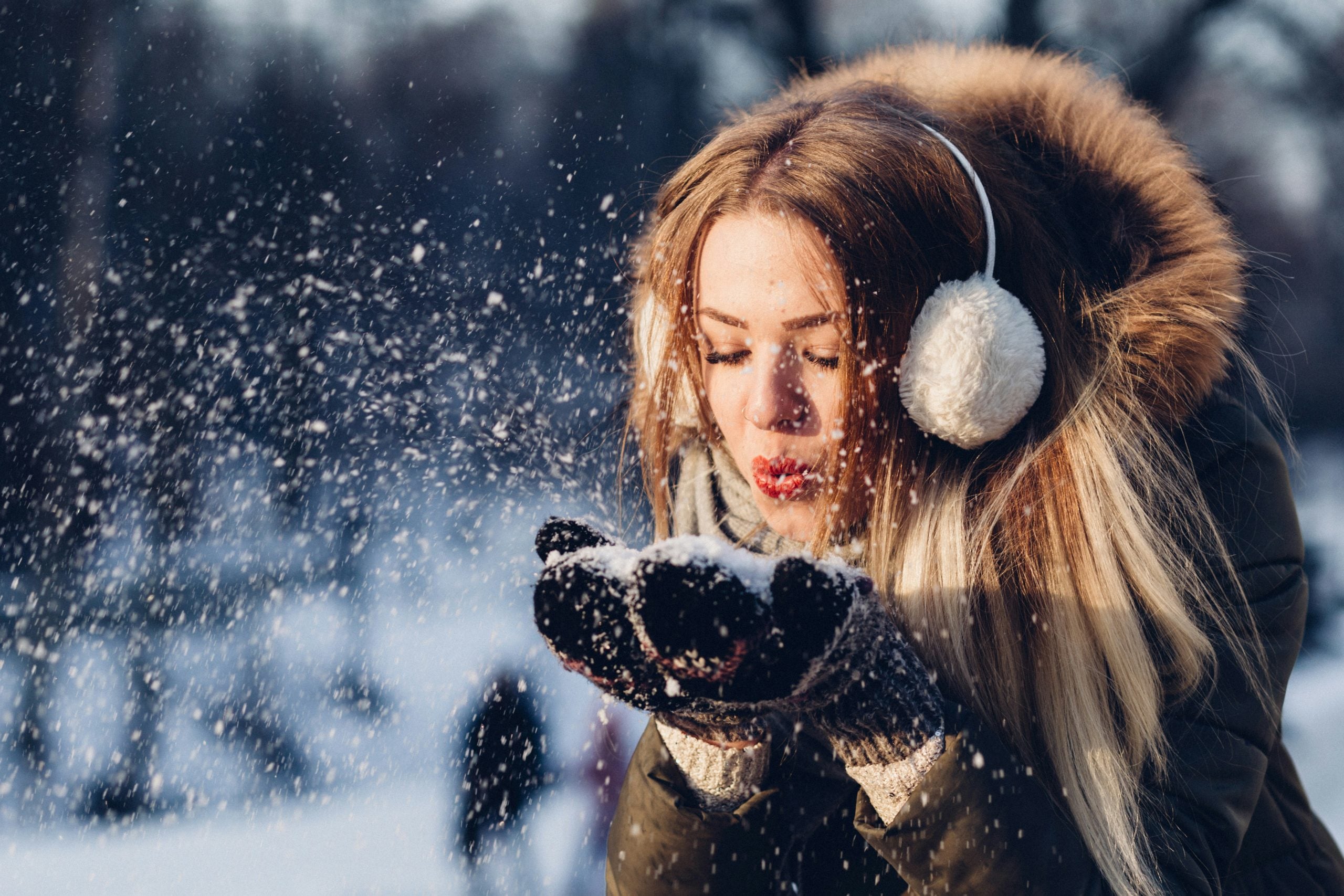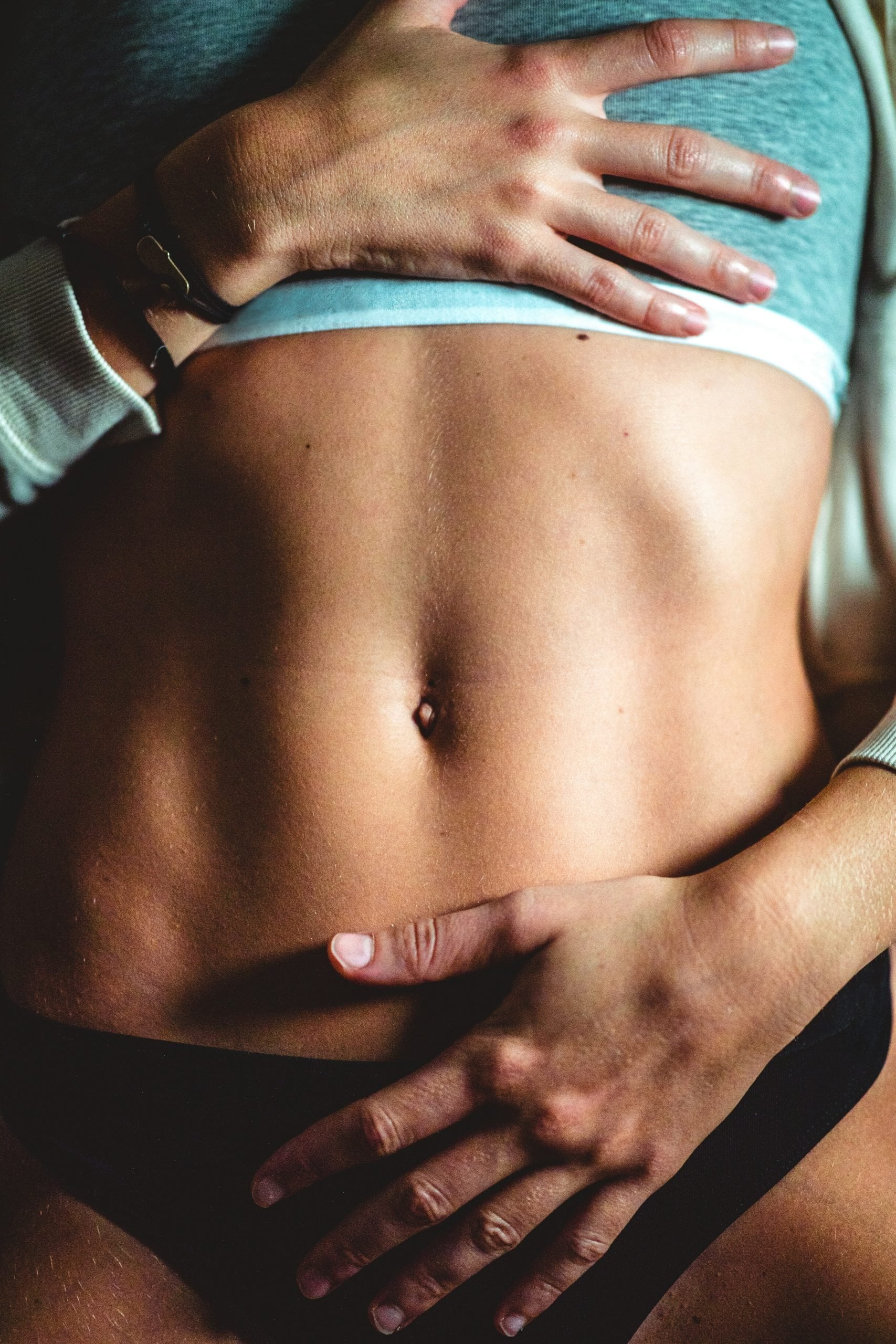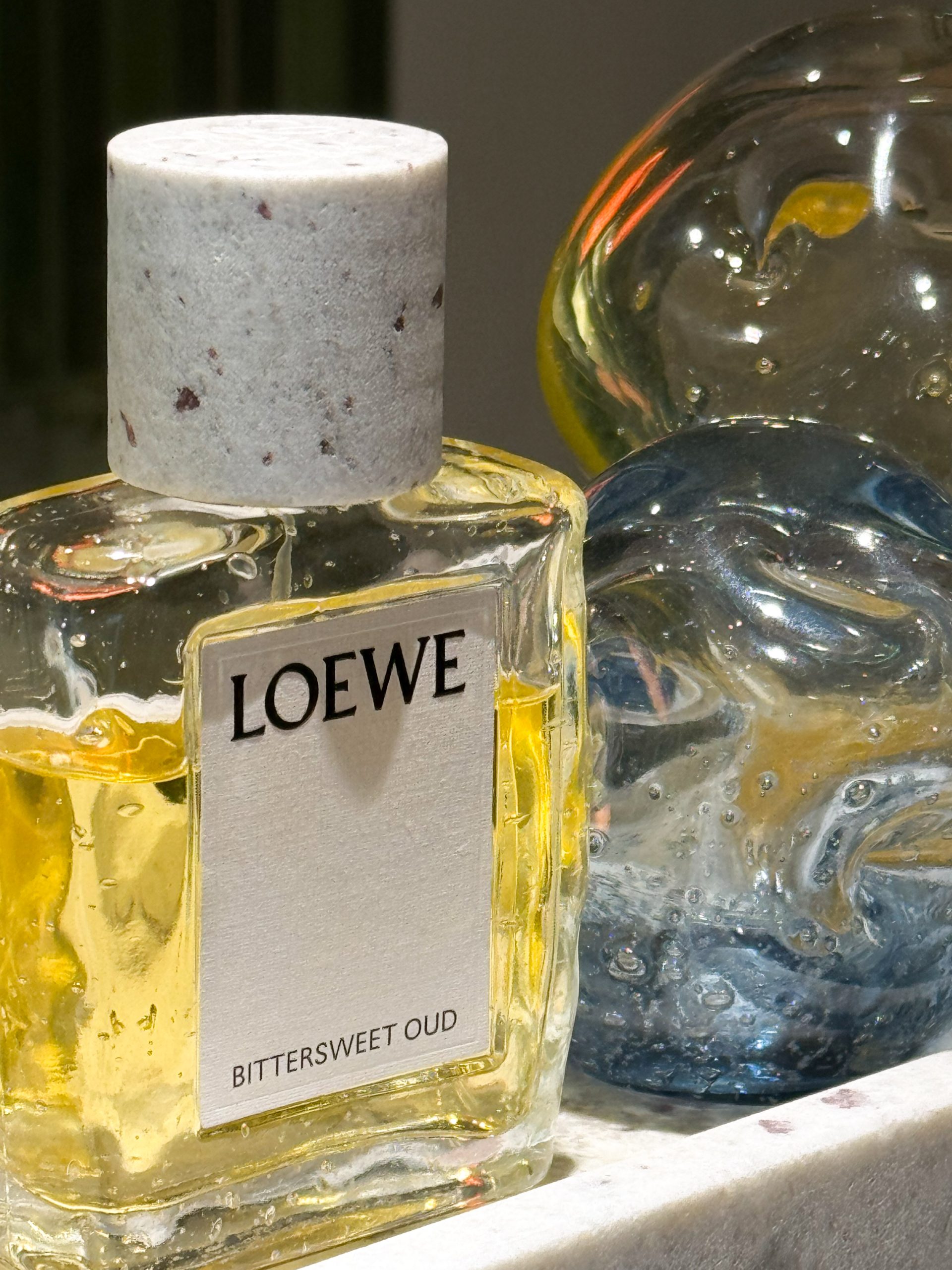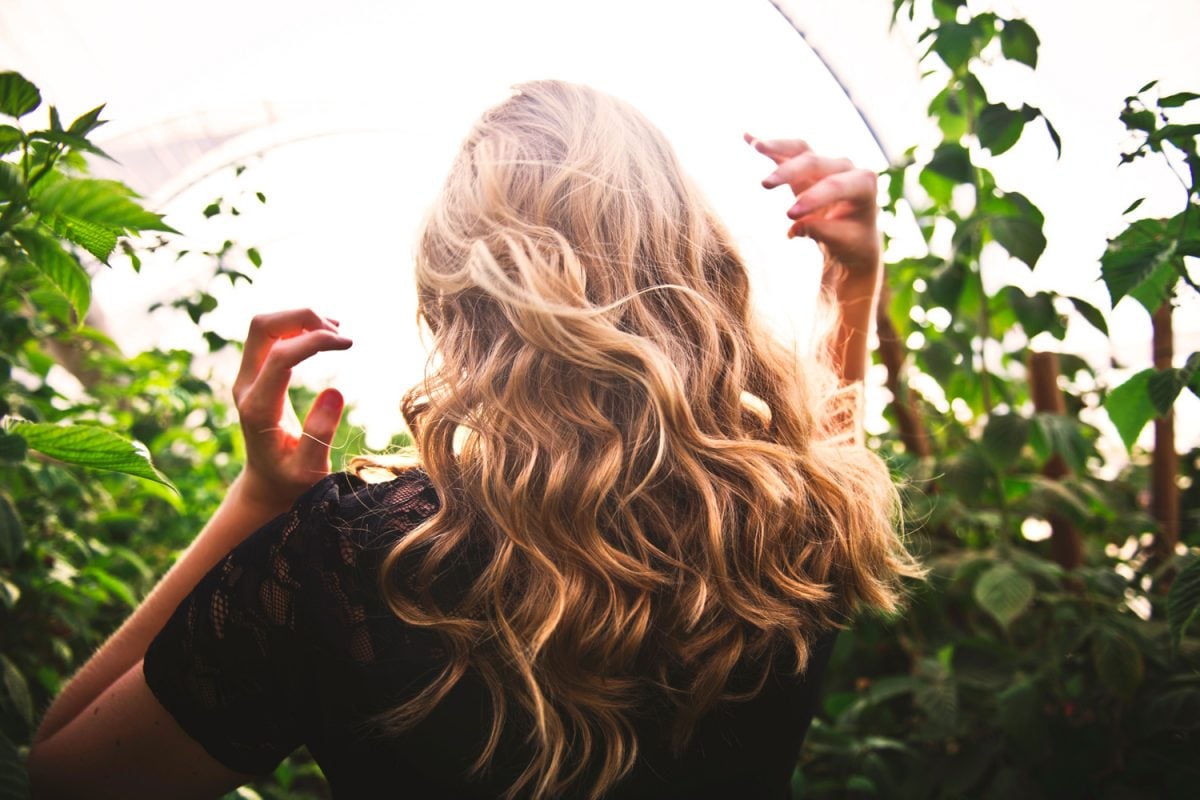
Why Going Natural Will Save Your Curly Hair?
This publication is also available in: Français
English (UK)
Deutsch
Italiano
Español
“No madam, we don’t handle that type of hair here.” If your hair has a curly, frizzy, or coily texture, you may have already faced such remarks at a hair salon.
20% of women in France have curly hair, but the offerings for this hair type in the market are limited. Professionals in the field are not trained to manage curls. Worse, there are no state-recognized diplomas for treating and styling curly hair.
The lack of understanding of curly hair in France is very real.
And this phenomenon has repercussions for women.
Like Laureen before, founder of La Belle Boucle, who kindly answered my questions, many women arm themselves with a straightener to try to make their curls disappear. They think it’s a solution to look well-groomed and fit the standards.
Unfortunately, such actions can harm curls. Stifled, damaged, or even burned, hair can truly become compromised. Your mane then resembles more of a straw bundle than a head full of vitality.
What if the natural approach was the best way to save your curly hair? Letting it express itself and reclaiming its full power?
That’s what we will attempt to clarify in this article.
With a takeaway to remember right now: using natural methods and products for your curly hair will bring you much more than just a simple style effect.
Why is curly hair misunderstood?
In my conversation with Laureen, I quickly understood that the main issue for women with curly hair is not about appearance, but about the relationship they have with their hair.
Many of them do not know what type of hair they are dealing with. And it’s precisely because we don’t understand our hair that we apply the wrong methods.
The typical example is a woman who feels her hair is neither straight, nor wavy, nor curly. And who, out of a desire for conformity, straightens her hair to achieve a neater result.
The ignorance of the potential of one’s hair is indeed the crux of the problem.
However, type BFC hair is no more complicated to manage than any other. It has long been labeled as “rebellious” hair. In the collective unconscious, frizzy hair has never been kind to its owner. Yet, it has never been more difficult to style than any other hair type.
On the other hand, the difference between a beautiful Carrie Bradshaw mane and a frizzy mess can be explained in two points.
First, it’s about understanding your hair situation. To do this, it is important to make your own diagnosis by asking yourself:
- What type of texture: wavy, frizzy, coily?
- The state of the hair: dry, normal, greasy?
- The nature of the hair: fine, normal, thick?
- The porosity of the hair: low, medium, high? This refers to the hair’s ability to absorb and retain moisture. Hair with low porosity struggles to absorb treatments because the cuticles are too closed. Conversely, high porosity hair has overly open cuticles, meaning the hair won’t be well protected.
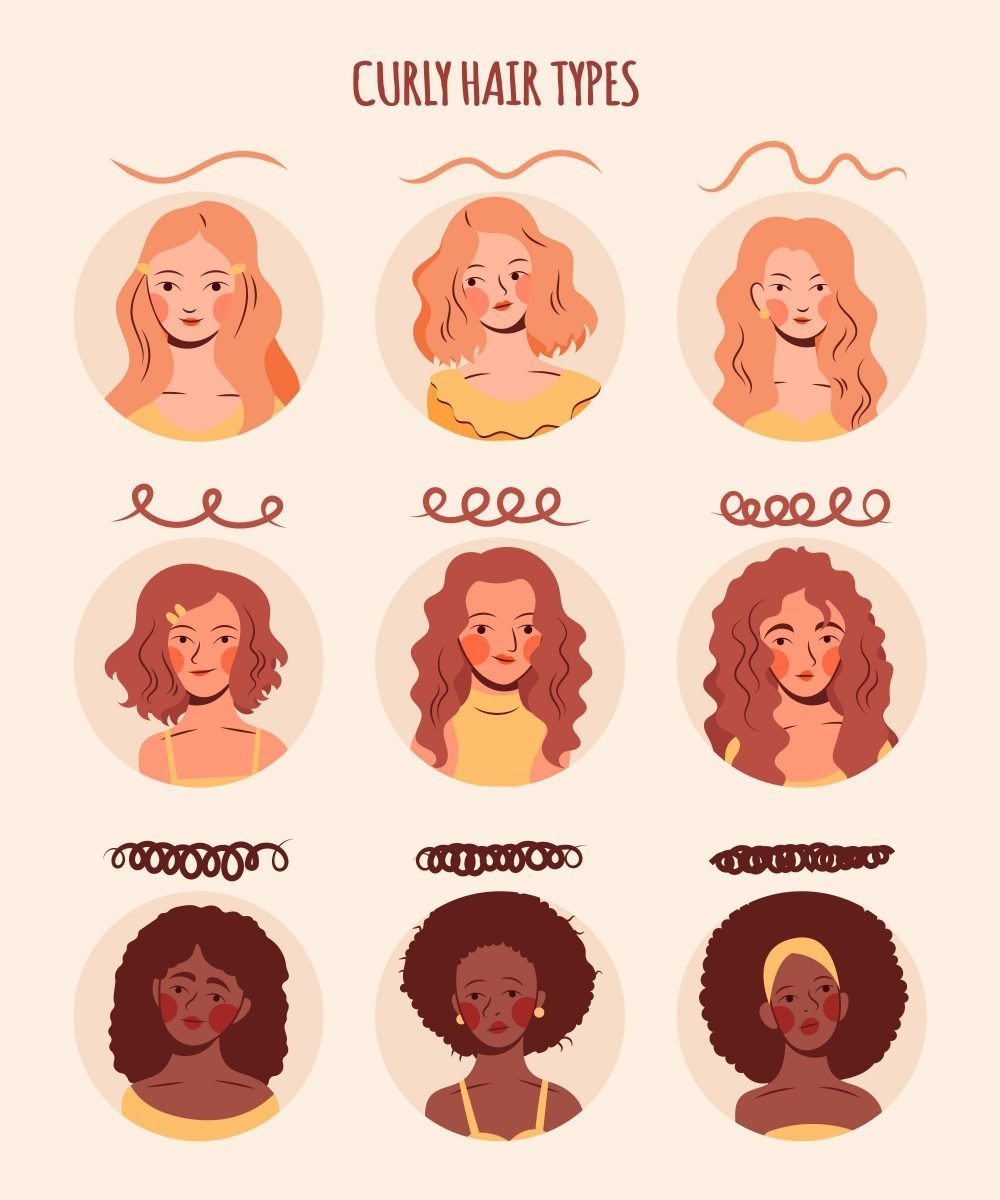
Second, it’s about the right techniques. When you know little or nothing about your hair, it’s common to adopt bad habits. You end up styling curls instead of helping them form naturally, using chemical products that aren’t suitable for your scalp, or straightening your hair, thinking it’s the best solution to tame your curls and look well-groomed.
Unfortunately, these seemingly harmless actions are the same ones that will harm your hair in the long run, preventing it from being healthy.
Saving your curly hair: what if the natural approach is the remedy?
Why would the natural approach be more beneficial than a traditional approach to enhance curls? Why can’t you just shampoo and dry your hair to make your curls as beautiful as they are shiny?
The “classic” care products easily found in supermarkets have one thing that hair (curly or not) does not like: chemical ingredients.
Among the most controversial is sulfate. You’ll find it in most supermarket shampoos. It is very effective for cleaning the scalp because it “strips” well, but it is particularly aggressive. In the long run, it creates an imbalance, Laureen tells me, resulting in excess sebum production. The hair then becomes greasier, prompting us to wash it more often. It’s a vicious cycle.
Silicone is also responsible for hair degradation. At the moment, it helps detangle and soften lengths and ends easily. But in the long run, it weighs down the hair, preventing it from breathing.
Shampoos and hair care products provide the advantage of immediate satisfactory results. But their composition chemically alters the hair, resulting in weakened strands over time.
For beautiful curly hair, a traditional approach is not the solution. It is the cause.
In contrast, the natural approach respects the hair. Over time, this will allow your hair fiber to be healthy. And healthy hair looks strong, well-hydrated, and shiny.
The natural approach is also closely related to the idea of cumulative effect: small smart choices that, when applied frequently, will transform into massive changes.
This is one of the keys to having beautiful, vibrant curls.
A hydrating mask every Sunday night does not have a spectacular effect after a month. But after 2 years? The application of a targeted natural shampoo will give you a sense of cleanliness at the moment, but after 6 months, it will have contributed to the growth of your hair.
This is the cumulative effect, the repetition of small actions (aligned with your goal) that over time produce unexpected results.
What you decide to implement through your actions today (no matter how small, but targeted) will impact your future. Taking care of your curls by repeating regular actions to wash, treat, and maintain them will bear fruit in the long run.
The recipe is not miraculous; it lies in the details of everyday life.
And who knows where that might lead you? You may become as passionate about curly hair as Laureen. “The more you take care of your hair, the more you notice that it works, and it invites you to continue. It’s fascinating.”
Taking care of your curls naturally: tips and beauty routine
Then comes the question of how.
How to proceed to achieve a result that enhances and values curls?
First, it’s about establishing a routine, as Laureen explains to me. If you are undergoing natural hair transition to restore power to your curls, this will be very useful. It consists of 3 steps:
- Step 1: washing. The goal here is to take care of the scalp. This is essential because an unhealthy scalp equals unhealthy curls. Therefore, you choose your shampoo based on your scalp, not based on your curl type.
- Step 2: treatment. The treatment is always applied to the lengths and ends. For this, you can use either a mask (more nourishing) or a conditioner. Its mission is to hydrate, nourish, and care for the hair.
- Step 3: styling. This is the least known step but perhaps the most important for achieving beautiful curls. It consists of defining the curl and restoring its natural shape (without frizz). For this, you use leave-in products like cream or gel applied to your lengths.
The benefits of this type of routine will depend on the hair foundation you start with. If you have a history of chemical treatments or straightening, it may take a few weeks. However, if your hair is relatively healthy, you will see the benefits immediately.
Additionally, we can add some natural tips to apply.
Massaging the scalp before shampooing with natural oils will boost the roots and promote faster growth.
Using ingredients from your kitchen will serve as a base for creating numerous hair recipes. Laureen explains that the kitchen is a goldmine for caring for your hair naturally. “There are many ingredients in the kitchen that we can use to make small recipes. When I started, it was something I practiced every Sunday.”
Honey, for example, helps soften and add shine to hair. Mixing it with a little water, you can use it as a mask. As for oats, boil them with water until you achieve a texture close to cream. This treatment will serve as a conditioner to hydrate your curly hair.
The powers of natural ingredients are indeed remarkable.
And during a hair transition to achieve beautiful curly hair, they will clearly be your allies, both in substance and in form. For while the natural approach applies with products and actions, it is still a matter of understanding. It is experienced, it is lived.
From complex to self-acceptance: is it just a step?
The curly hair complex: a fleeting phenomenon or a deep-seated issue?
Where one might think that the complex is limited to how we view our weight or breasts, Laureen proves otherwise, even asserting that hair has a significant impact on self-acceptance.
“It’s not just about hair. It allows you to regain self-confidence, to accept yourself naturally. It’s the starting point for taking care of oneself naturally. It starts with hair, and then moves on to skin, body, health, etc.”
The question of curly hair leads us to understand 2 important things:
The first is that taking care of your curls is like a first step toward what we call natural beauty. Many women start by taking care of their hair, before continuing to care for their skin, body, and even their home with natural cleaning products they concoct themselves. This approach is becoming widespread, becoming for some a true way of life. By becoming aware of the beauty of their true nature, they finally accept themselves as they are and apply this process to other areas of their lives.
💡To naturally benefit your face, discover the Face Yoga, a discipline still little known but with numerous benefits.
The second is that maintaining curly hair goes far beyond just a style exercise. It’s a deep-seated topic that profoundly affects women. For some, it’s even a sensitive issue that highlights years of complexes and strategies to hide what mockery or society has conveyed. Laureen confides that “people in the salon cry because they are self-conscious, but they also cry tears of joy because they are happy to discover themselves naturally.” For many, allowing their natural hair to express itself is a way to rediscover themselves in their entirety. To set aside the past and finally allow themselves to accept their true nature.
And that makes a significant difference in how one views oneself and in one’s self-confidence gauge.
Transitioning to natural is not only beneficial for the health of curly hair, it is also a way to empower curly hair. It’s an authentic way to understand oneself and to allow oneself to be accepted as one is.
Saving your curly hair: final thoughts
Healthy hair, shiny curls, silky and beautifully shaped, self-confidence, wellness ritual… The benefits of the natural approach for beautiful curly hair go far beyond a mere aesthetic effort.
To save your curly hair, transitioning to natural will definitely be a good idea. And the cherry on top 🍒, it will bring you much more than you could ever hope for.
➡️ You can follow La Belle Boucle on its Instagram account.
Image credit: © Pexels/Tim Mossholder

